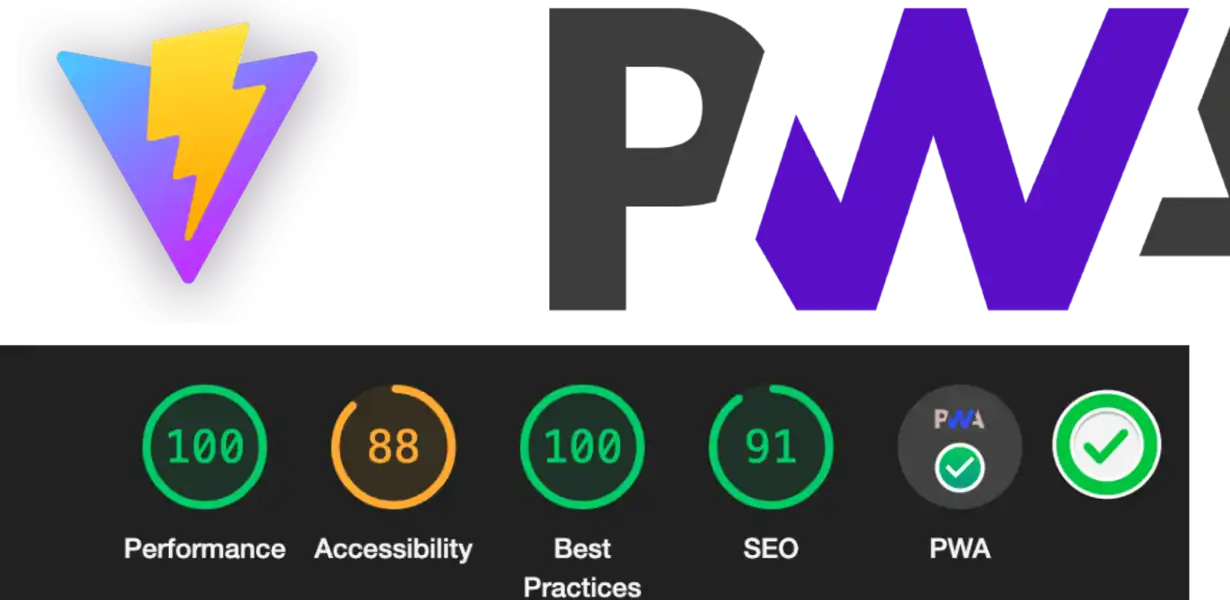
Harnessing the Potential of HTTP/3: Elevating PWA Performance in the Modern Web
- Post
- August 8, 2023
- Progressive Web Apps, PWA Performance, Web Technologies
- 0 Comments
In the ever-evolving landscape of web development, staying ahead of the curve is essential for delivering outstanding user experiences. One of the most promising advancements in this realm is the integration of HTTP/3, a protocol designed to enhance the performance of websites, particularly Progressive Web Apps (PWAs). This blog delves into the innovative world of HTTP/3 and its transformative impact on PWA performance, ushering in a new era of seamless and lightning-fast online interactions.
A Glimpse into HTTP/3: The Future of Web Protocols
As we venture into the digital era, the limitations of traditional protocols like HTTP/1 and HTTP/2 become more evident. The birth of HTTP/3 brings a breath of fresh air, addressing the drawbacks and leveraging modern transport protocols. Built on the QUIC protocol, HTTP/3 introduces multiplexing, reducing latency, and ensuring data transmission reliability, which is particularly beneficial for PWAs.
Why PWAs Matter: A Brief Overview
Progressive Web Apps have become a staple for businesses aiming to provide users with an app-like experience on the web. Combining the best of both worlds, PWAs offer fast loading times, offline access, and engaging user interactions. They eliminate the need for installations and updates, making them an attractive option for businesses and users alike.
Synergy Between HTTP/3 and PWAs: A Quantum Leap in Performance
Revolutionizing Latency Reduction: HTTP/3’s multiplexing and stream prioritization contribute to a significant reduction in latency. With PWAs heavily relying on frequent data exchanges, the minimized delay leads to faster load times and enhanced user engagement.
Seamless Connection Migration: The seamless transition between network connections, facilitated by HTTP/3, ensures uninterrupted user experiences. PWAs running over HTTP/3 can swiftly switch between Wi-Fi, cellular, or other connections, delivering a consistent experience even in challenging network conditions.
Enhanced Security: Security is a paramount concern in the digital age. HTTP/3’s encryption-by-default approach aligns seamlessly with the security principles of PWAs, making data exchanges more secure and guarding against potential threats.
Implementing HTTP/3 for PWAs: Practical Insights
To fully harness the potential of HTTP/3 for PWAs, here are some key steps to consider:
Server Compatibility: Ensure your server supports HTTP/3. Many modern servers, like Nginx and LiteSpeed, offer compatibility. This compatibility is crucial for reaping the benefits of the new protocol.
Content Delivery Networks (CDNs): Leverage CDNs that support HTTP/3 to ensure your PWA’s static assets are delivered efficiently. CDNs play a pivotal role in optimizing content delivery, a vital aspect of PWA performance.
Performance Monitoring: Regularly monitor your PWA’s performance using tools like Lighthouse or WebPageTest. Evaluate metrics such as First Contentful Paint (FCP) and Time to Interactive (TTI) to ensure the protocol is enhancing your PWA’s speed and usability.
Final Words
The marriage of HTTP/3 and PWAs marks a significant milestone in the web development journey. With reduced latency, improved security, and enhanced user experiences, this synergy paves the way for a new era of high-performing, engaging online applications. By adopting HTTP/3, businesses can stay at the forefront of technology and deliver exceptional digital interactions that keep users coming back for more.
Commonly Asked Questions
Q1. What’s the significance of HTTP/3 for traditional websites?
HTTP/3 benefits not only PWAs but also traditional websites by improving overall loading times and ensuring more reliable data transmission, resulting in a better user experience.
Q2. How does HTTP/3 handle network fluctuations?
HTTP/3’s seamless connection migration enables smooth transitions between different network conditions, ensuring uninterrupted experiences even when the connection quality changes.
Q3. Are there any potential drawbacks to adopting HTTP/3 for PWAs?
While HTTP/3 offers numerous benefits, it’s important to ensure server compatibility and conduct thorough testing to ensure a smooth integration without any unforeseen issues.
Q4. Can HTTP/3 be used with older browsers?
HTTP/3 relies on the QUIC protocol, which some older browsers might not support. However, modern browsers are embracing HTTP/3, and its adoption is steadily increasing.
Q5. How does HTTP/3 impact SEO for PWAs?
Since HTTP/3 enhances loading times and user experiences, it indirectly contributes to better SEO performance by reducing bounce rates and improving user engagement metrics.




